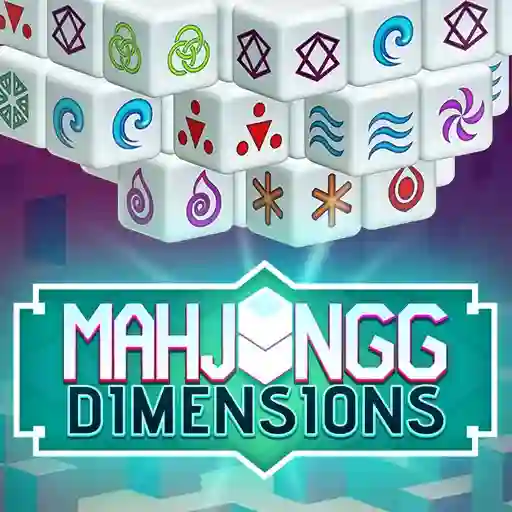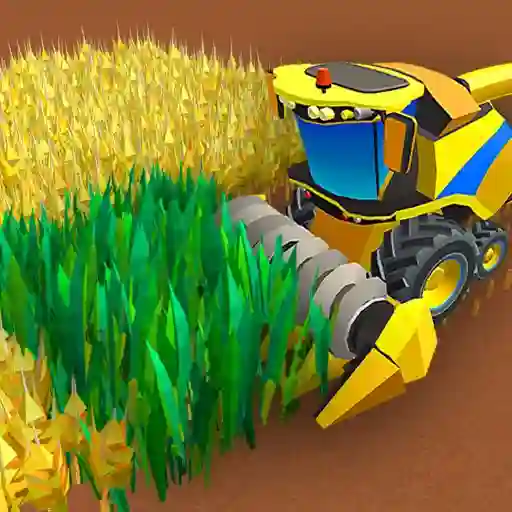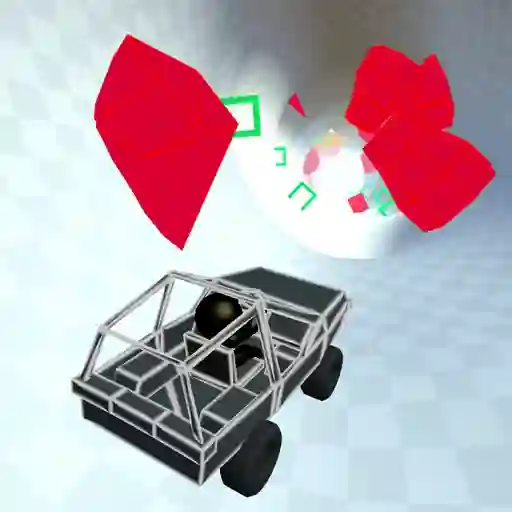
Smash it 3D

Stack And Merge

Real Chain Tractor Towing Train Simulator

Real Bottle Shooter 3D

Money Honey

FNF Music Battle 3D

Nubik Courier An Open World

Zombie Survival Shooter

Kart Fever

Draw Car Race

Bicycle Stunt 3D

Traffic Run Puzzle

Handyman 3D

Count Master 3D

Mini Survival Challenge

Ambulance Simulators: Rescue Mission

Stunt Jeep Simulator : Impossible Track Racing Game

Ace Drift

Flip Jump Race 3D

Prado Car Parking Games Sim

Jump Tower 3D

3D Mahjong

Cougar Simulator: Big Cats

Mahjongg Dimensions 900 seconds

My Halloween Park

Christmas Snowball Arena

Giant Rabbit Run

Harvest Cut Master

Flex Run 3D

Stickman Extreme Racing 3D

Coach Bus Driving Simulator 2020: City Bus Free

Data Diggers

City Cycle Rickshaw Simulator 2020

Rail Blazers Runner

Euro Truck Driving Sim 2018 3D

Touch Down

Going Balls

Indian Uphill Bus Simulator 3D

US Police Prisoner Transport

3d Racing Extreme
3d Games
What is 3d games?
3D games are interactive digital experiences that utilize three-dimensional graphics to create immersive environments. Unlike 2D games, which are limited to two axes (x and y), 3D games add depth (z-axis), allowing for more complex gameplay and realistic visuals. These games often feature:
• 3D models and textures for characters, objects, and environments
• Dynamic lighting and shadows for realism
• Particle effects for explosions, water, and other elements
• Realistic physics for simulations of gravity, collisions, and movement
• Multiplayer capabilities for competitive or cooperative play
3D games span a wide range of genres, including action, adventure, simulation, and puzzle games, and are available on PCs, consoles, mobile devices, and virtual reality (VR) platforms.
Frequently Asked Questions
What makes 3D games different from 2D games?
3D games feature three-dimensional graphics and gameplay, allowing for greater depth and complexity. Players can move in three axes (x, y, z), enabling more immersive and dynamic experiences compared to 2D games, which are limited to two axes.
What are the hardware requirements for running 3D games?
Running 3D games typically requires a dedicated graphics processing unit (GPU), a multicore processor, and sufficient RAM. The specific requirements vary depending on the game's complexity and resolution.
Will 3D games continue to evolve in the future?
Yes, 3D games are expected to advance with improvements in graphics technology, physics engines, and artificial intelligence. Emerging trends like ray tracing, global illumination, and real-time physics will further enhance realism and gameplay.